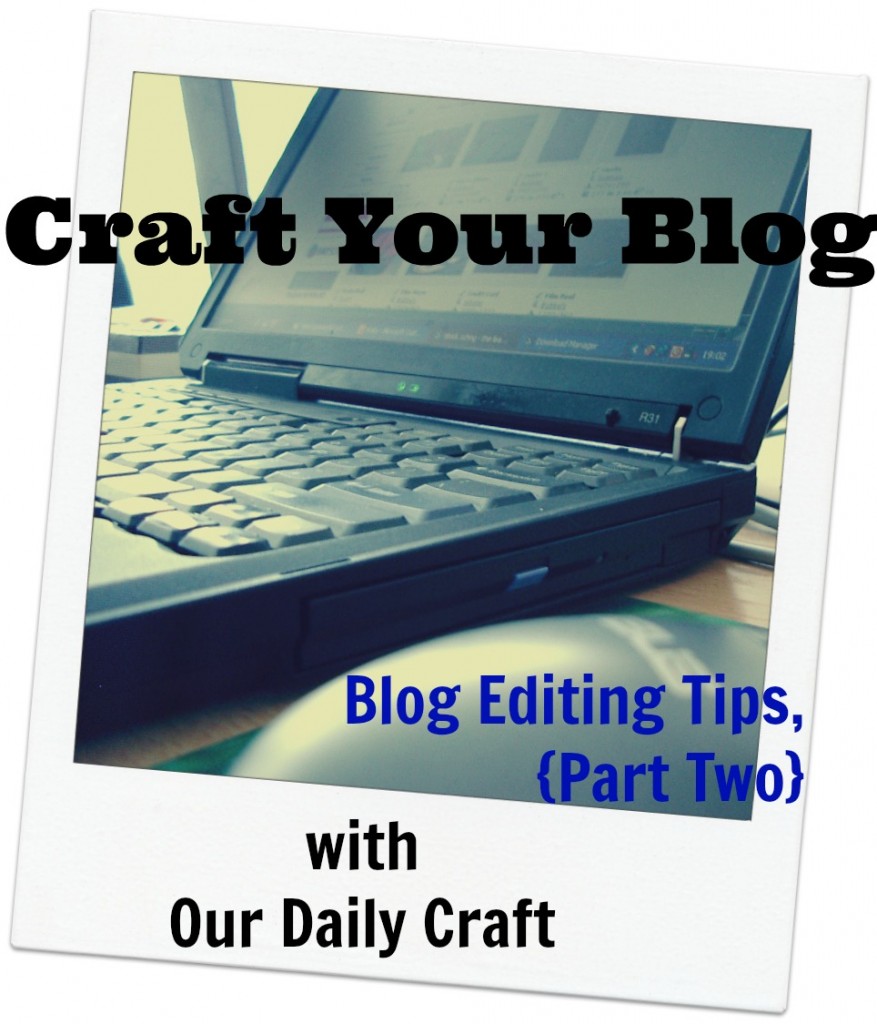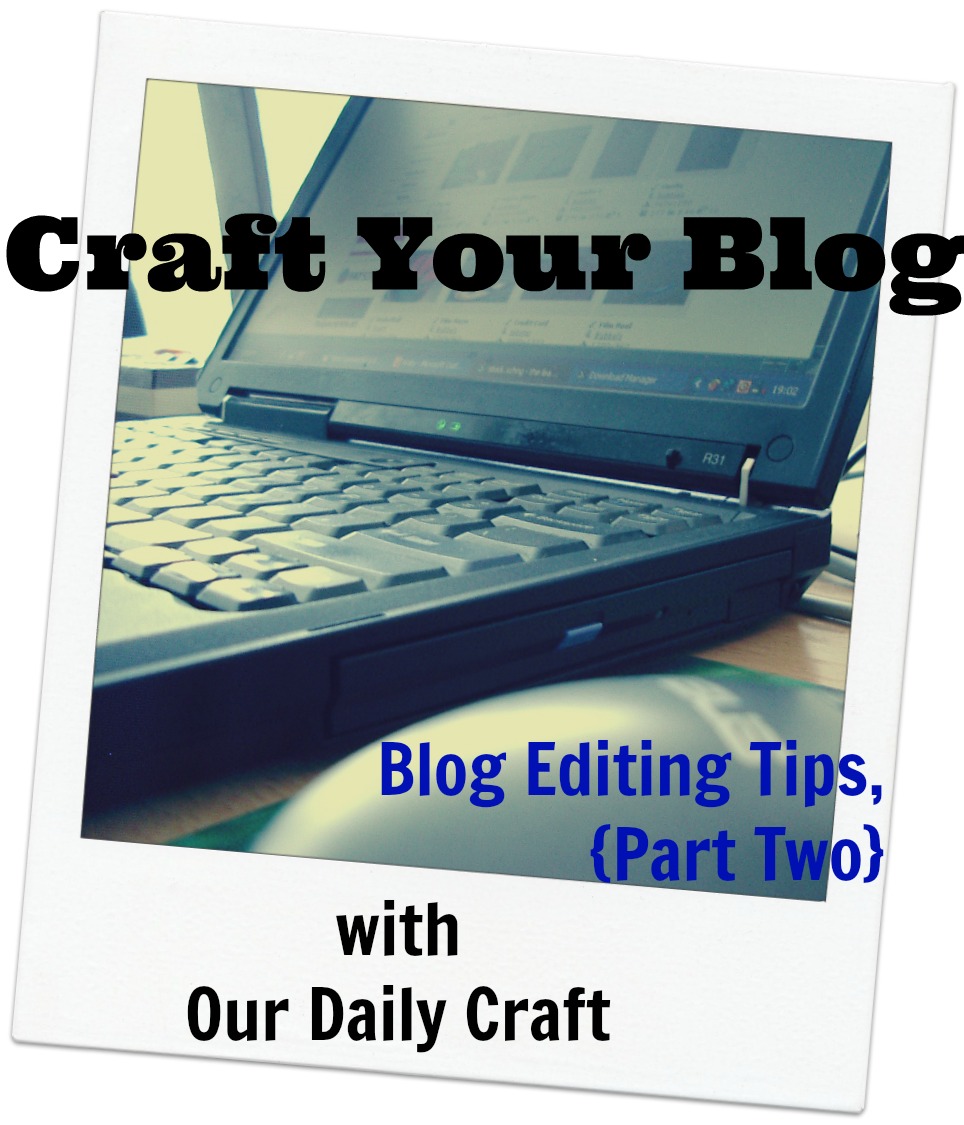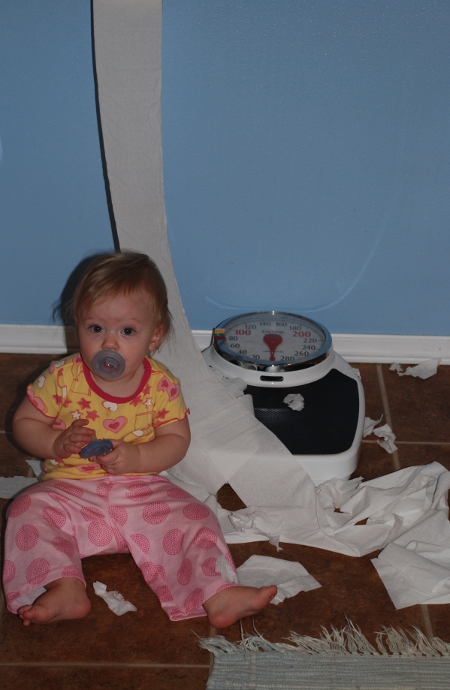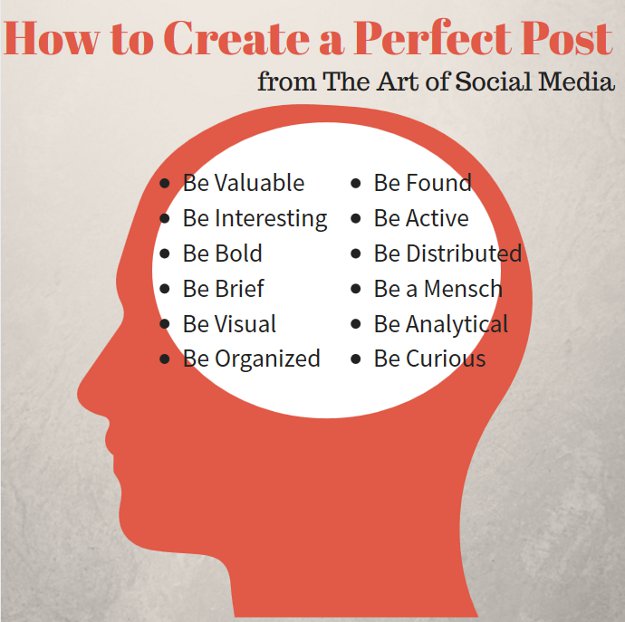Affiliate links may be included for your convenience. View our privacy and affiliates policy for details.
Last year I started a series called Craft Your Blog, in which I hoped to share writing and blogging advice, tools and tips that get me through my busy days of writing dailyish for three different websites.
Last February I wrote a post called “Blog Editing Tips, Part One,” in which I talked about some of the sort of technical things required before you publish a blog post (like making sure your photos are sized and inserted, that you’ve thought about keywords if you want, that there’s a call to action of some sort). I said there would be a more nuts-and-bolts post the next week.
Almost a year later, here it finally is! I don’t know what took me so long, as part of it was already written. 
Set it Aside
Ironically, part of my advice when it comes to editing yourself, whether a blog post, an article for publication or anything else, is to give yourself and the piece some time. It’s important not to try to edit as soon as you’ve finished writing.
I am not always great at this, because I am writing for three blogs a day (in addition to longer articles for one of those sites) and I’m not always as ahead of myself as I’d like. But even if you can only give it an hour or so to simmer, let your mind work on something else, that’s so much better. I’d love to leave everything overnight, but it’s just not possible the way my life is now.
You need time to forget what you wrote and how you were feeling while you wrote it. Physical, emotional and mental distance will help you see grammatical errors and places where you could have been clearer or didn’t say exactly what you meant to say.
Editing Tips
OK, so you’ve let it rest and you’re ready to edit. How do you do that? What are you looking for?
It helps, of course, if you have a decent grasp of grammar and syntax, but even just reading to ensure you’re using the correct words (not too when you mean to or they’re when you mean there, for instance), that they are spelled correctly and say what you mean will go a long way toward making your work more readable.
I always edit in preview mode because it helps to see my words outside of the composing window. You might want to print out your draft if you’re missing things reading on the computer. You could also try copying and pasting your draft into a different program or changing the font so you can see it a little differently.
Read your words out loud if you can, as this approximates the experience for your readers. It allows you to hear the rhythm of your words and note any places where the words just don’t sound right or where you have to take a breath before you finish a sentence. Rewrite those parts that feel awkward, rambling or just not the way you intended.
Some people read their posts backward, but I’ve never gotten into that habit, except with some of the newsletters I write. Backward reading is supposed to make you focus on each word, but I think it’s just mental gymnastics I’m not up for most of the time.
And though you can’t tell from this post, another tip is to try to shorten your posts when you can. We all get rambly or try to include too much in a single post that could be broken up, so think about that while you’re editing, too.
Other Considerations
Since we’re talking about blog posts here, you’ll want to make sure you’ve added some subheads and other formatting where appropriate. People scan much more than reading, so whenever you can break up the text with headings or lists, so much the better.
I mentioned photos in the last post, and you want to make sure before you hit publish that all your images are showing up, sized and tagged properly. Bonus points for a pinnable image you’ll post to Pinterest after hitting publish.
When you feel satisfied that your post is ready, hit publish (or schedule its go live time). Look at it live, read through it one more time, and make the inevitable changes you see that need to be made before you do your promotion. Which will be a topic for another day. If you have any questions on that or anything else in the meantime (I promise it won’t be a year!) please let me know.
Related articles






2 Comments
Great tips, Sarah! In newspapering, we did the “read it backward” trick, but only for headlines. I can’t imagine taking the time to read long stretches of text backward.
I look forward to going BACK, though, and reading your Part 1. 🙂
Thanks! Yeah, I have never gotten into regularly reading backward. It messes with my mind. 🙂